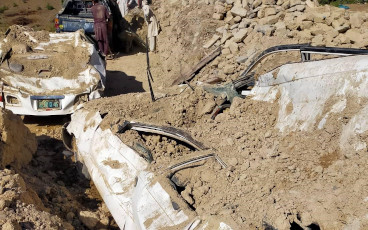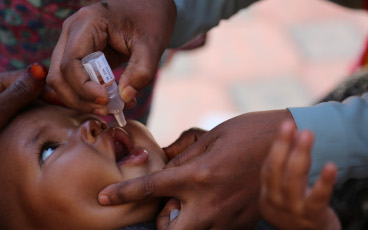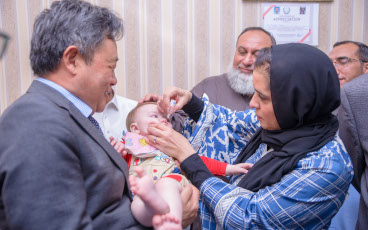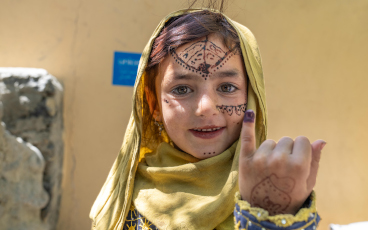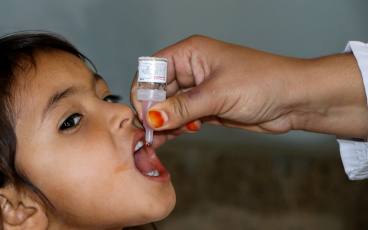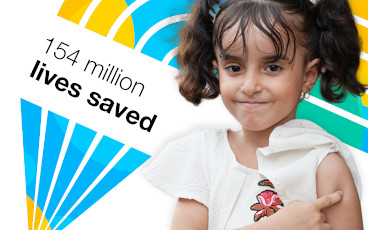Working toward a polio-free future: 2017 in review
Global progress and renewed commitment brought us closer than ever to a world without polio.
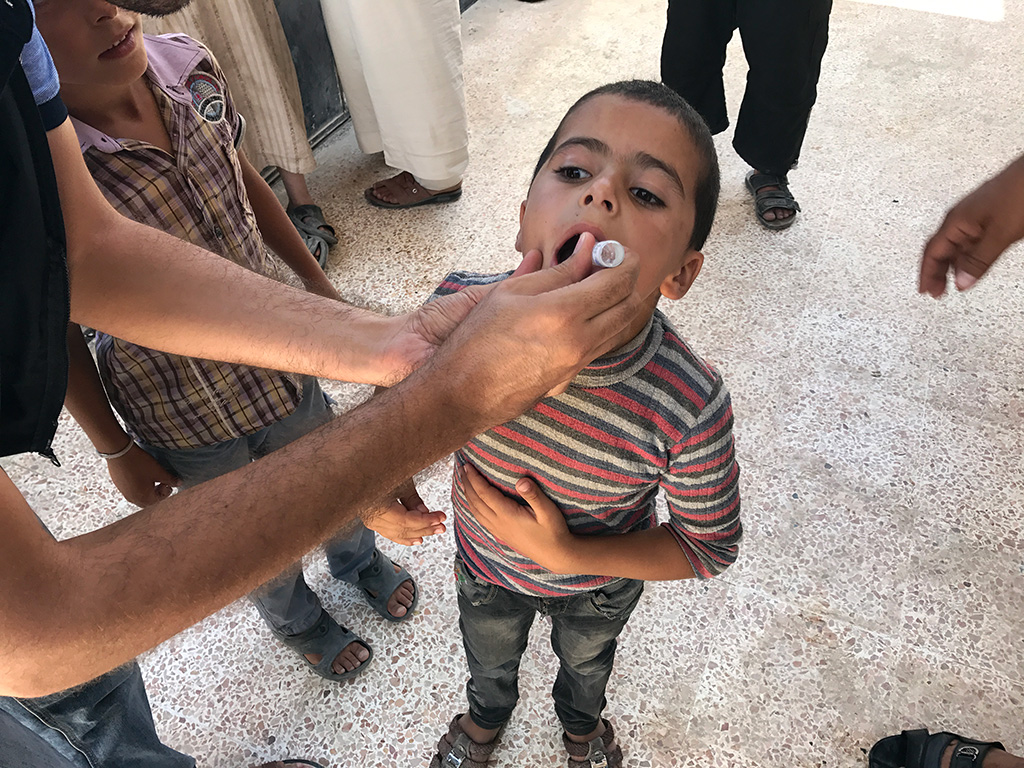
The year’s end offers the chance to reflect on the polio programme’s milestones and challenges in 2017, and look ahead to what we can achieve in the coming year. 2017 saw the fewest wild polio cases in history — a total of 17 cases, or a 50% reduction from the year before—with these cases occurring in just two countries: Afghanistan and Pakistan. Yet the need to reach every last child is more important than ever, as demonstrated by surveillance gaps in Nigeria and outbreaks of vaccine-derived polio in Syria and the Democratic Republic of the Congo.
From programme strategies that helped protect progress and overcome obstacles, to commitments from donors and partners, 2017 demonstrated the resolve required to achieve a polio-free future. Accelerating progress in the new year and ending polio for good will require maintaining these political and financial commitments as well as building upon the programme’s efforts to find the virus wherever it exists.
Rooting out the virus
Throughout 2017, developments in disease surveillance – both in humans and in the environment – allowed the programme to better hone in on the virus and identify its remaining hiding places.
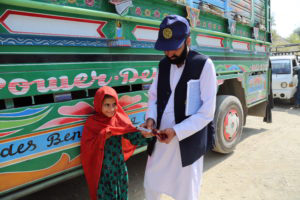
For example, in Afghanistan, blood tests helped pinpoint which children have been reached and where gaps in immunity persist, allowing health workers to launch targeted vaccination responses. In Sudan, a pilot study used a new method of quality control to help ensure that stool samples arrive at the lab in the right condition for testing. And throughout the Eastern Mediterranean Region, environmental surveillance networks were expanded and strengthened.
These innovations are building robust, sensitive surveillance networks around the world that pick up every trace of the virus and enable the programme to develop targeted immunisation responses before polio has the chance to paralyse children.
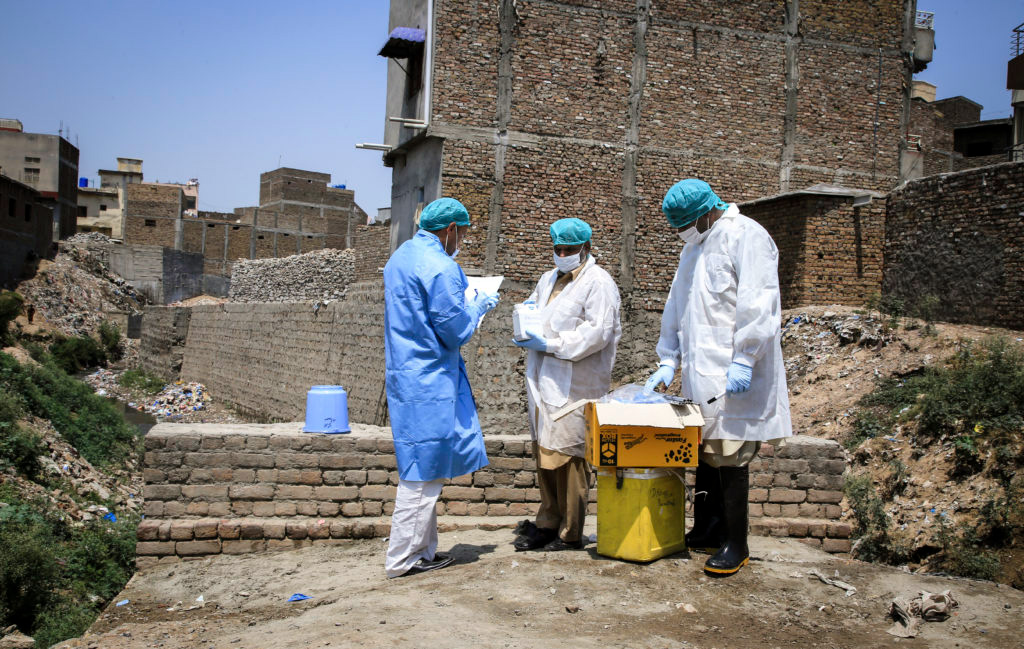
Overcoming challenges
The year also came with new challenges, including outbreaks of circulating vaccine-derived polio in Syria and the Democratic Republic of the Congo, where conflict has ravaged the health infrastructure. In these communities, and others where polio still exists, difficult terrain, conflict and highly mobile populations can all stand as hurdles to vaccinating children. Yet the polio programme continues to find new and effective ways of delivering vaccines.
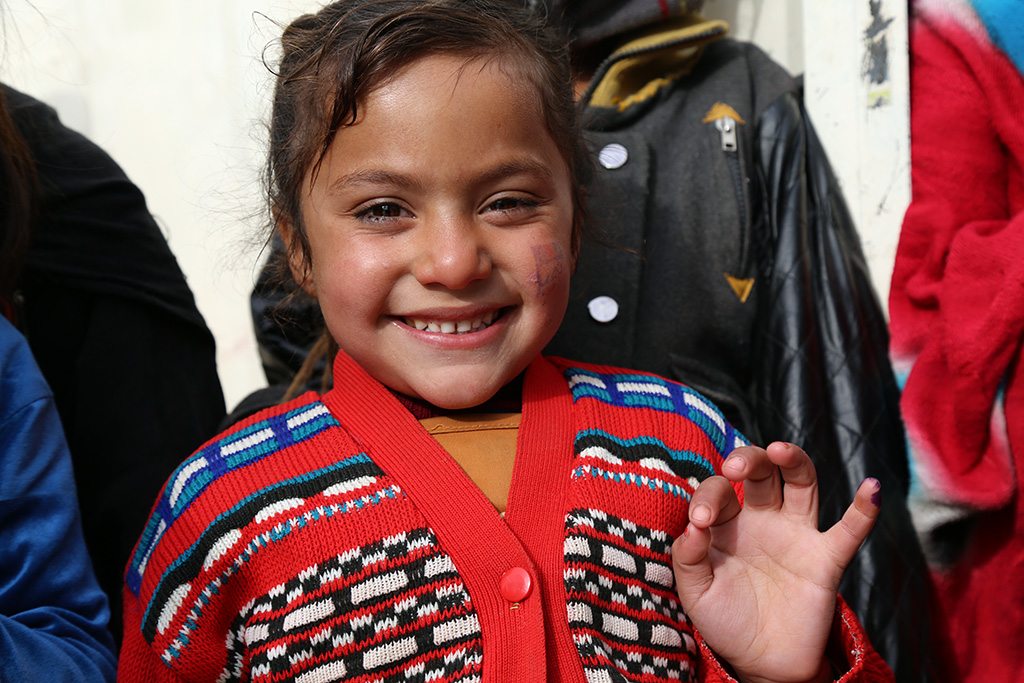
For example, in Afghanistan, a collaboration with a mobile circus is sharing important messages about polio vaccination with hard-to-reach populations, including those living in camps for internally displaced persons. In Pakistan, campaigns based at border crossings and train stations vaccinated children on the move who might otherwise have been missed by traditional methods. And in Syria, dedicated workers are delivering vaccines at transit points and registration centres for internally displaced persons. Thanks to these strategies, more than 255,000 children have been vaccinated in Deir Ez-Zor, 140,000 were reached in Raqqa and the programme continues to work to reach every child.
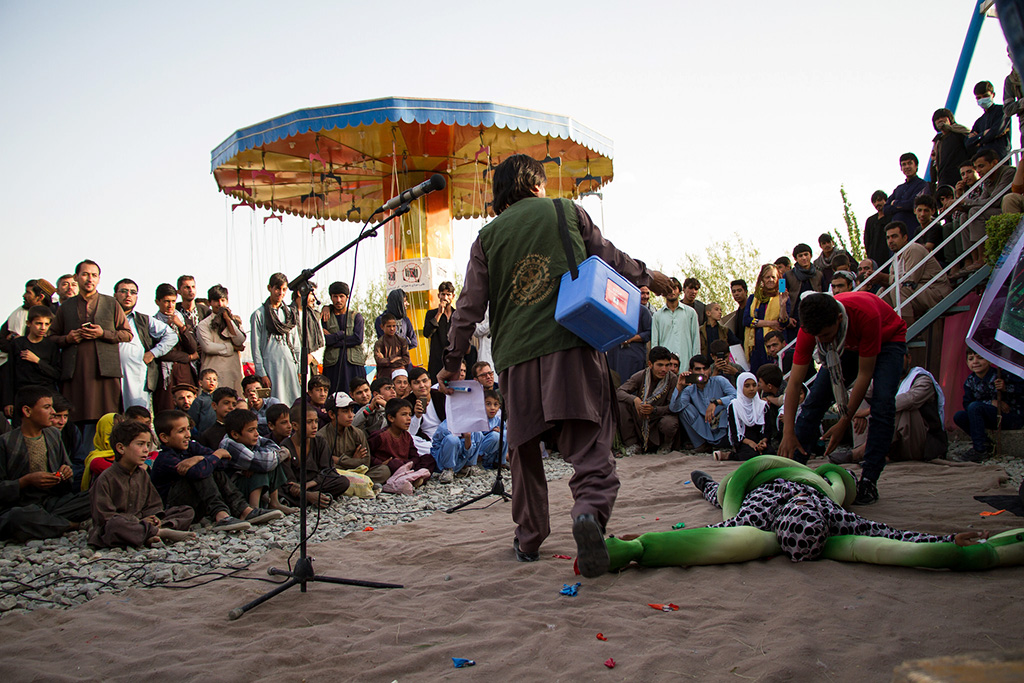
Renewed commitment to end the disease
Complementing these programmatic innovations were political and financial commitments that highlighted polio eradication as a priority for global health leaders. These included:
- In May, the World Health Assembly reiterated the importance of eradicating polio and strategically transitioning the programme’s assets, and the G20 Health Ministers recognized the contribution of the polio infrastructure in helping countries face health emergencies during their first-ever meeting in Berlin.
- At the Rotary International Convention in June, health leaders gathered and pledged US$1.2 billion to end polio. Just months later, the UK demonstrated its own longstanding commitment to eradication with a $130 million pledge.
- At the G7 Health Ministers meeting in November, leaders once again affirmed their dedication to polio eradication as part of their broader commitment to strengthen health systems.
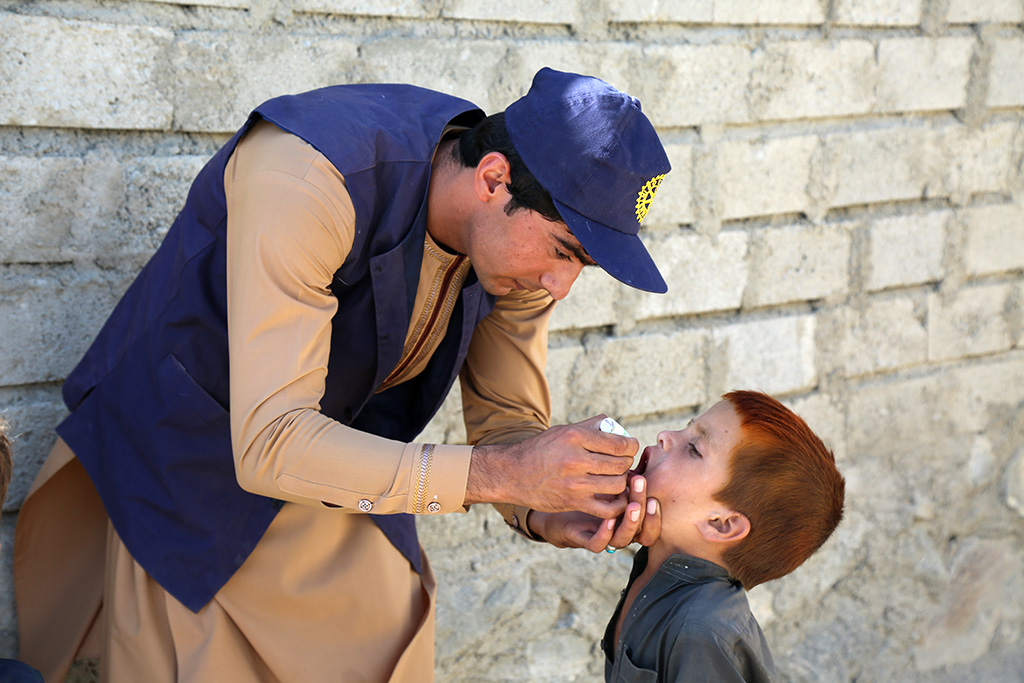
Looking ahead to 2018
Next year, country programmes will need to continue working to ramp up surveillance, particularly in Nigeria, and reach children everywhere with vaccines. Cross-border coordination between Pakistan and Afghanistan, which has already had a huge impact in reducing cases, will continue to be critically important to stopping transmission.
At the same time, the global community is beginning to solidify plans for keeping the world polio-free once eradication is achieved. Countries are developing strategies for transitioning the infrastructure and tools that they currently use to fight polio. And the GPEI is working with global stakeholders and partners to develop the Polio Post-Certification Strategy, which will define the activities needed to keep polio from returning after the virus is eradicated.
If the remaining endemic countries continue to do all that they can to stop the virus, and if the global community continues to meet the level of political and financial commitment needed to make and keep children everywhere polio-free, 2018 will bring the world’s best opportunity yet to end the disease.


